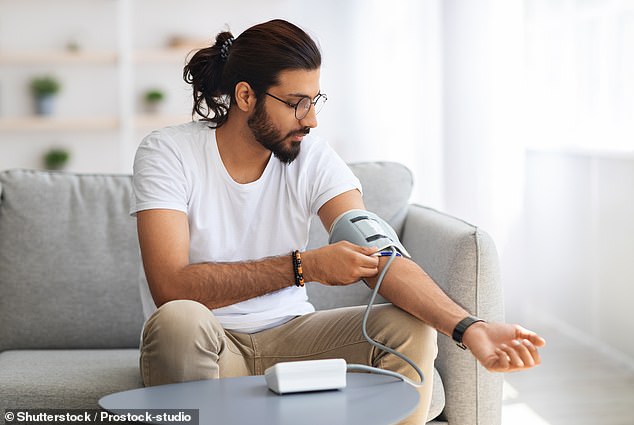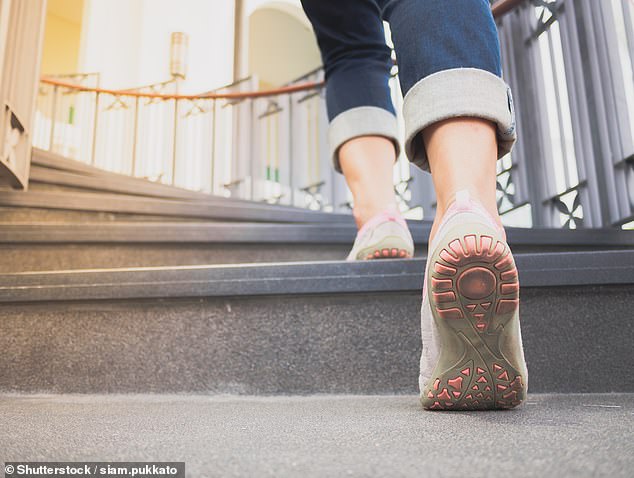According to research, just five minutes of exercise a day can lower blood pressure and help avoid heart problems.
Adding short periods of exercise to your daily routine, such as climbing stairs or cycling, can reduce readings.
Experts say that small lifestyle changes, such as swapping five minutes of watching TV for five minutes of running, are enough to significantly improve heart health.
The findings suggest that activities that increase heart rate, such as dancing, running or even rigorous cleaning, have the greatest benefits.
Researchers from University College London (UCL) and the University of Sydney studied 14,761 people wearing activity trackers to analyze the relationship between daily movement and blood pressure.
During the 24 hours, on average people spent about seven hours sleeping, ten hours in sedentary behaviors such as sitting, three hours standing, one hour walking slowly, one hour walking fast, and 16 minutes doing exercise that increased their heart rate such as running . and cycling.
Just five minutes of exercise a day can lower blood pressure and help avoid heart problems, according to research (File Image)

Adding short periods of exercise to your daily routine, such as climbing stairs or cycling, can reduce readings (File image)
An additional five minutes of exercise that increases heart rate, such as stair climbing, running, or cycling, in exchange for any of the other behaviors, was found to reduce systolic blood pressure (SBP) by 0.68 millimeters of mercury (mmHg). ) and diastolic. blood pressure (DBP) at 0.54 mmHg2.
Systolic is the top number in a blood pressure reading and represents the pressure when the heart pushes blood throughout the body. Diastolic is the bottom number and is the pressure when the heart rests between beats.
At the population level, a 2 mmHg reduction in SBP and a 1 mmHg reduction in BPD is equivalent to an approximately 10 percent reduction in the risk of heart disease, the researchers said.
This could be achieved by reallocating 20 to 27 minutes from other behaviors to exercise for the top number, and 10 to 15 minutes for the bottom number, the study published in Circulation found.
For example, with systolic blood pressure, trading 21 minutes of sedentary time, 22 minutes of standing, or 26 minutes of slow walking for exercise such as biking or jogging would have this effect.
For diastolic blood pressure, benefits would arise from trading 10 minutes of brisk walking, 11 minutes of sedentary time, or 13 minutes of sleep for adequate exercise.
High blood pressure is the leading cause of strokes and heart attacks in the UK; About 14 million adults are thought to have it, including about five million without a diagnosis.
If left untreated, the heart can enlarge over time due to increased pressure, pump less effectively, and cause heart failure.
Lead author Dr Jo Blodgett, from UCL, said: “Our findings suggest that, for most people, exercise is key to lowering blood pressure, rather than less strenuous forms of movement such as walking.” .
‘The good news is that, whatever your physical ability, it doesn’t take long to have a positive effect on blood pressure.
‘What’s unique about our exercise variable is that it includes all exercise-like activities, from climbing stairs to running a small bike errand, many of which can be integrated into daily routines.
‘For those who don’t exercise much, walking still has some positive benefits for blood pressure.
“But if you want to change your blood pressure, putting more stress on the cardiovascular system through exercise will have the greatest effect.”


